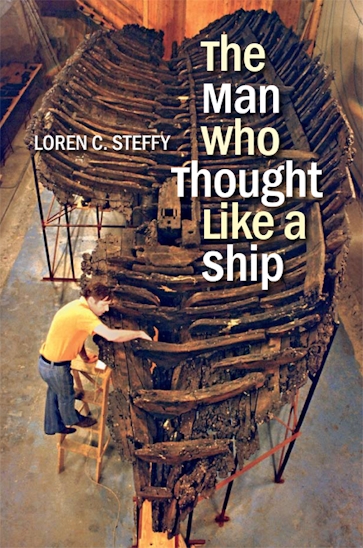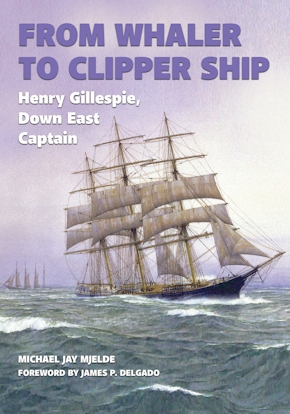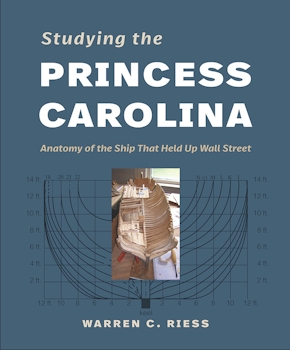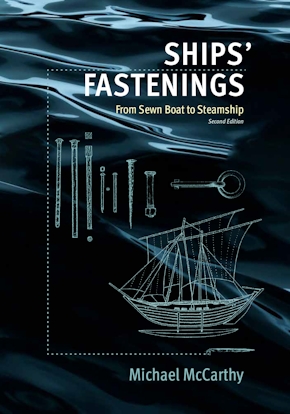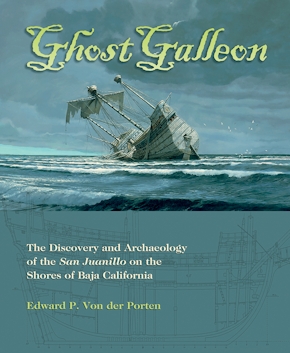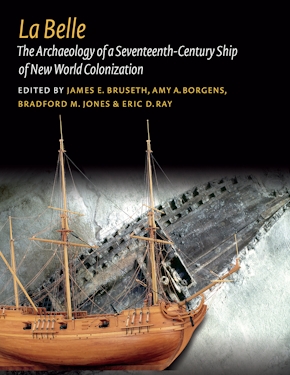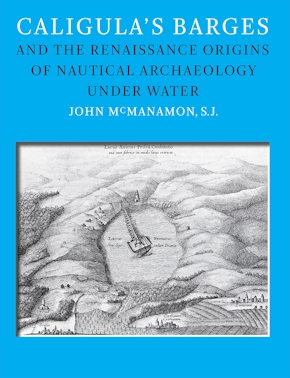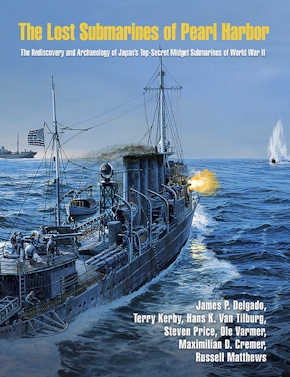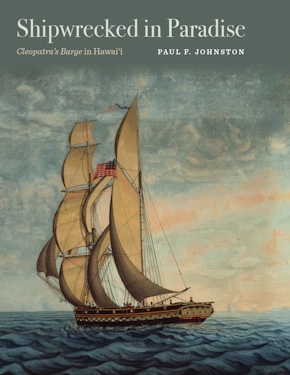“Dick Steffy created an entirely new branch of archaeology: the decipherment of shipwrecked hulls. This beautifully written and intimate biography could only have been penned by his son, a professional journalist, who not only had access to personal family papers, but grew up with the family members and colleagues who fill out the cast of characters in the story. To read about Dick’s approach to his work is every bit as exciting as reading about Champollion’s decoding of Egyptian hieroglyphs or Rawlinson’s translation of cuneiform. But readers need not be academics or armchair archaeologists to enjoy the book, for it is really just a very human tale. I’ve often been struck by how much fate plays a role in creativity, and that comes across emphatically. Although I worked closely with Dick for decades, I never before understood so well how he worked. And I had no idea of the major role of his wife, Lucille, behind the scenes. All in all, it’s a great read for anyone interested in the creative process.”--George F. Bass, distinguished professor emeritus, Institute of Nautical Archaeology, Texas A&M University
"I absolutely loved reading The Man Who Thought Like a Ship. It was a great book and the story of Dick Steffy is tremendous. It reminded me of a true life fairy tale."--"The Bookworm Just Ate..." blog
"Driven is an adjective that often comes to mind when reading of the achievements of the personalities so far encountered. This is also true of our next subject, Richard (Dick) Steffy (1924-2006), an electrician from Denver (Pennsylvania), active in the US Navy in the North Atlantic in 1942-3, who in 1971 turned his erstwhile hobby of ship modelling into a real profession, that of ship-restorer and reconstructor and became a respected member of the Institute of Nautical Archaeology now at Texas A&M University. Driven, because so intimately involved with his ships, but also a rounded personality, inventing bed-time stories for his children."--Antiquity Magazine
"Nautical archaeology is now a recognized field of study, thanks to decades of effort by pioneers such as [George] Bass and my father [Richard Steffy] and the students they helped train. Having recently celebrated the 50th anniversary of the first underwater dig, it has acquired a history of its own."--Loren Steffy, the Houston Chronicle
“Loren Steffy has produced a gripping and very human story of endeavor, setbacks, and achievement, and in the process has made an important contribution to the history of our discipline. Loren’s account sheds new light on the uncertainty of those early days, and the enormous risks and leaps of faith that were taking by George, Dick, Fred van Doorninck and Michael Katzev in establishing the discipline and setting up the now internationally renowned centres in Texas and Turkey. This is the story of a remarkable and largely self-taught man who from childhood was fascinated by how ships were shaped and put together, and how explored the principles involved first through building paper-and-paste models, and later with more elaborate wooden constructions. This insider view seen by a boy as he brows to manhood follows Dick’s subsequent rise to academic prominence, culminating in his promotion to a full professorship at Texas A&M, a remarkable achievement for someone without formal academic qualifications, and of great credit to a university astute enough to recognize a pioneer of outstanding ability and brave enough to buck academic convention by appointing him. As a biography the book will appeal to a wide readership, because Dick’s story is unusual, interesting, heart-warming and inspiring, and Loren tells it with panache and good humor. The Cyprus days of the early 1970s were crucial to the development of what has since become known as the ‘Steffy Method’ for the study of ship remains. The reader is left in awe by the sheer tenacity, skill, patience, intuition and self-criticism with which Dick reconstructed the fragments, sometimes undoing many weeks’ worth because a later stage revealed an earlier error of a few millimeters. Dick’s own book, Wooden Ship Building and the Interpretation of Shipwrecks (College Station, 1994), reviewed in IJNA 23.3 and 31.1 remains a seminal text which will endure, though as he himself emphasizes much work still remains to be done on the vessels he has reconstructed and studied. Future generations can count on the guidance of a wise and sympathetic mentor as they build on and further refine the Steffy Method, and this richly illustrated biography explains why.”—Colin Martin, International Journal of Nautical Archaeology
"As well as giving a compelling portrait of a man and his family, The Man Who Thought Like a Ship offers valuable insights into the development of maritime archaeology in both the United States and the Mediterranean. It will be read by people in future decades as part of the record of the early decades of a new discipline."--Ian Friel, International Journal of Maritime History
"Loren Steffy's book is a touching account of the process of his father's scholarly growth and maturation, filled with anecdotes that fill out a convincing portrait of the man and his accomplishments."--John Peter Oleson,
International Journal of Maritime History
"Passion lies at the heart of Loren Steffy's biography of his father, J. Richard Steffy, known as Dick to his colleagues and Mr. Steffy to his many students. It is an accurate portrayal of a man's passion for and intellectual engagement with solving problems that had little to do with daily life while remaining firmly dedicated to his family."--Cheryl Ward,
International Journal of Maritime History
"A refreshingly non-academic work that is at once easy to read and enlightening." --LeeAnne Gordon
"The author provides personal insight into some aspects of his father's life, of which Dick's close friends and colleagues were probably unaware, including the unwavering support of Dick's wife Lucille as he struggled to persuage the academic world that ship reconstruction was a valid archaeological endeavor. He supplements the biography with his own experiences as a child in Cyprus, where his playground was a 15th-century castle and his playmates were project members. Loren Steffy's book encompasses many facets of Dick Steffy as a father and dedicated researcher...This is an accurate and poignant account of Dick the teacher - creative, thoughtful, and quiet, but filled with a palpable enthusiasm that was contagious to all around him. Loren Steffy has captured the essence of his father recalling with fondness his humor, quiet passion, and determination - traits well known to those of us who were fortunate enough to work with him...In this book, one feels the thrill, frustration, and satisfaction of turning a dream into reality, the long years of financial hardship encountered as the fledgling INA and new disciplines of nautical archaeology and ship reconstruction were being tested and gaining ground." --Sheila Matthews
